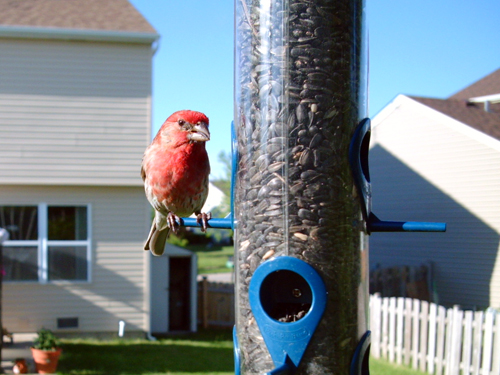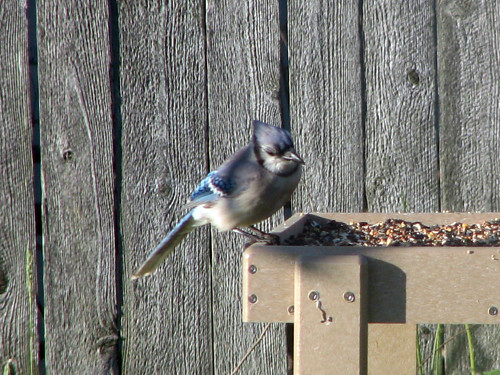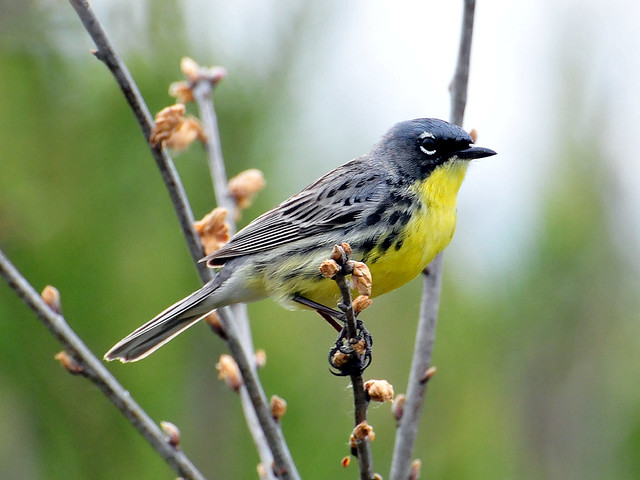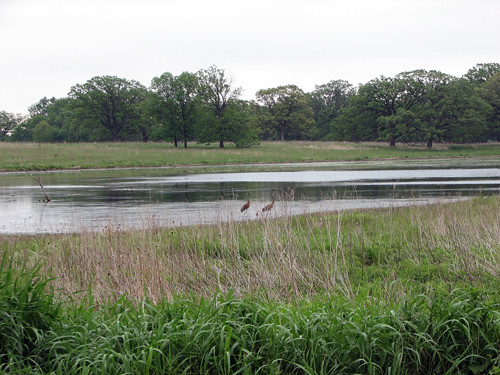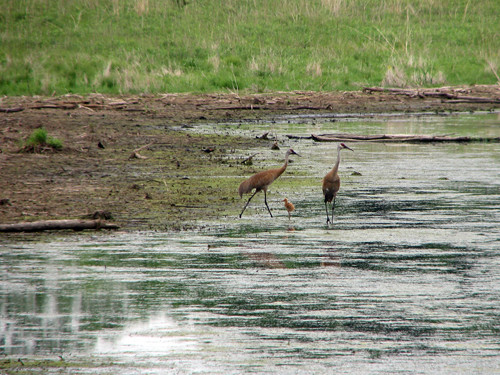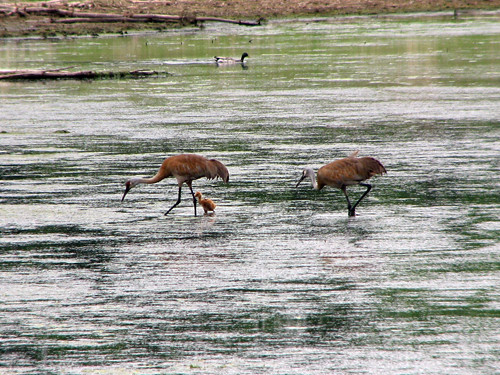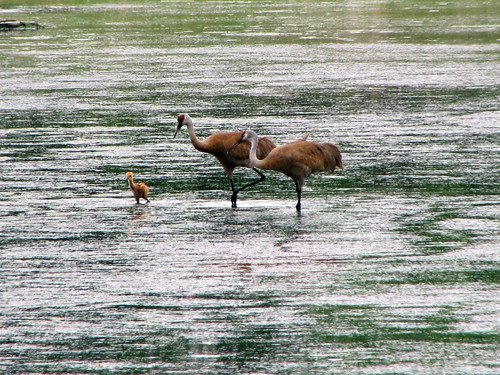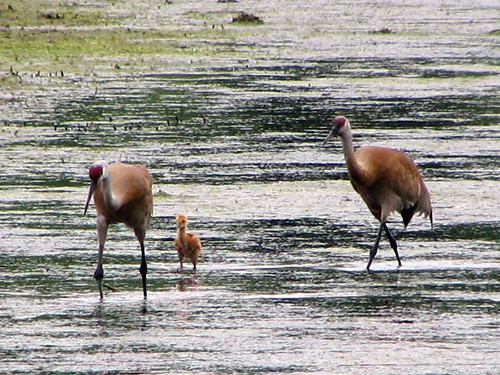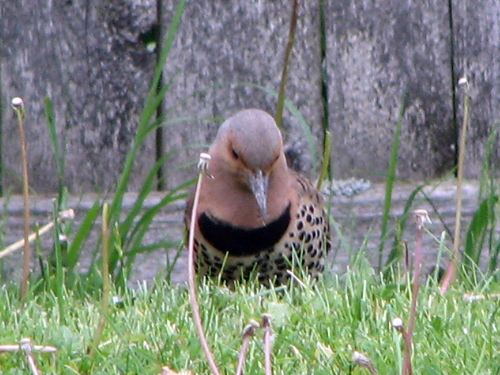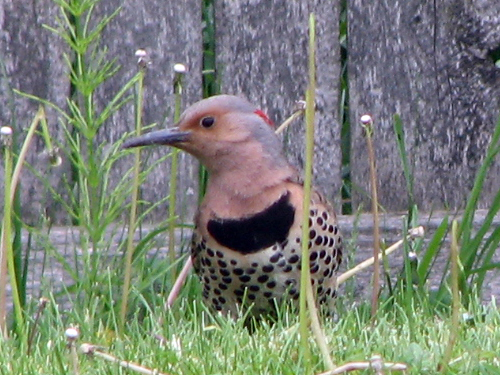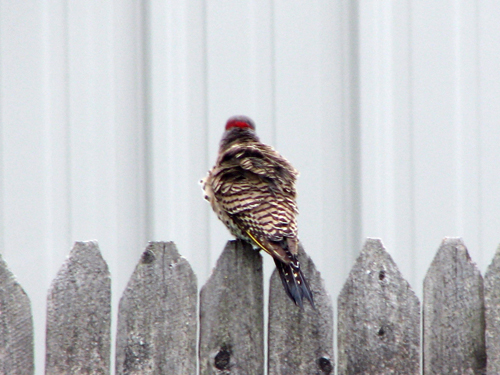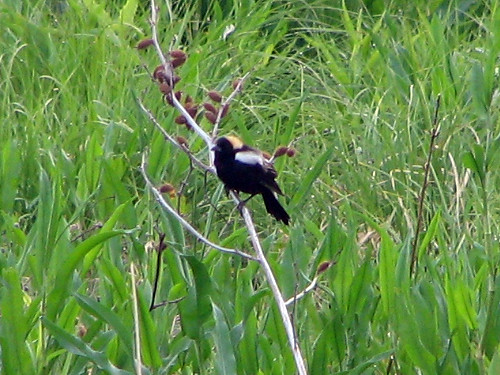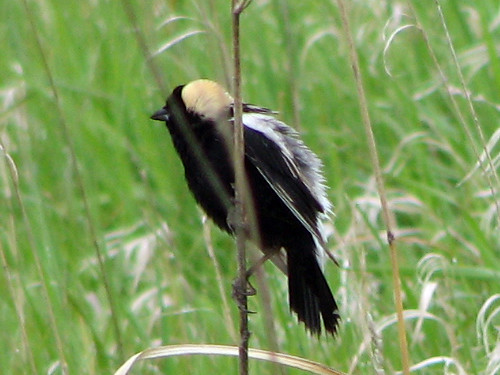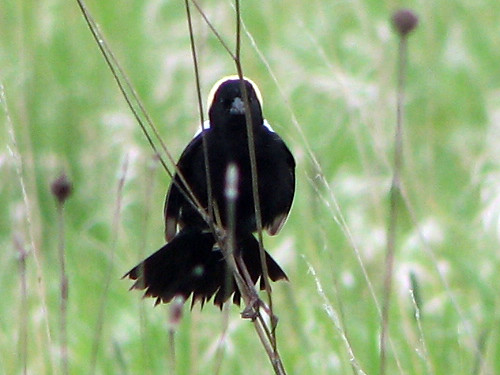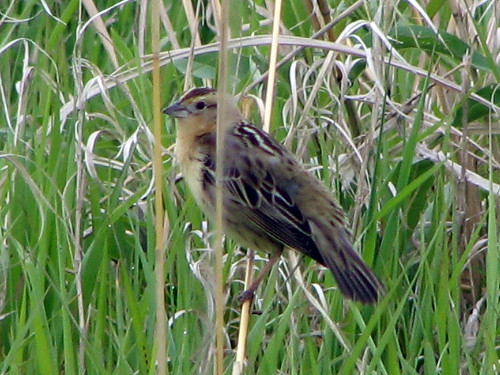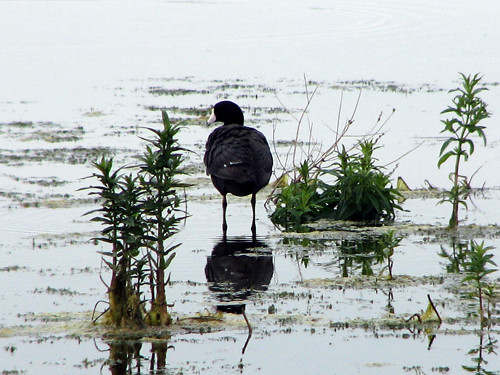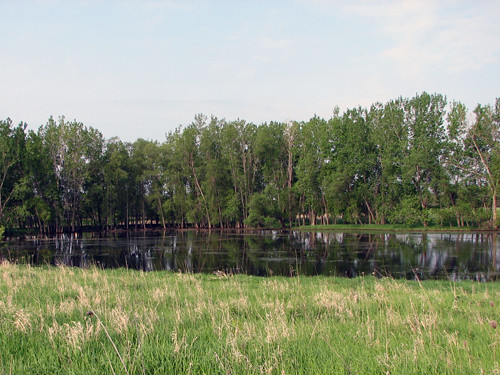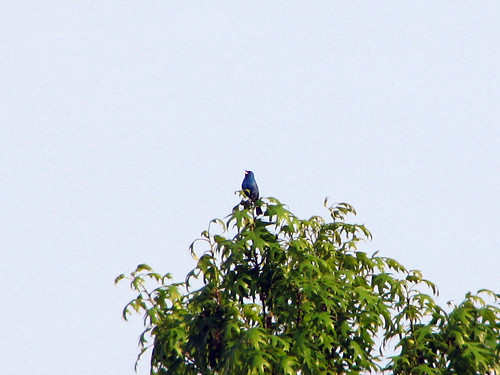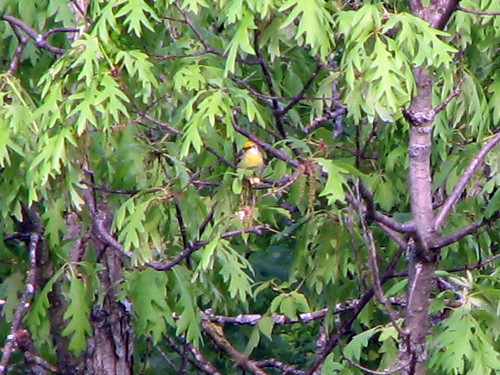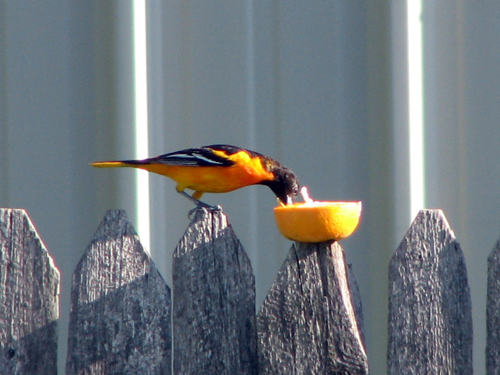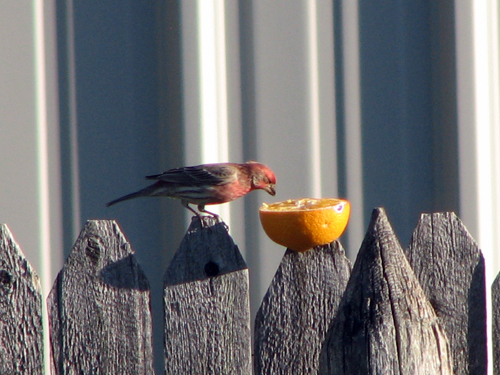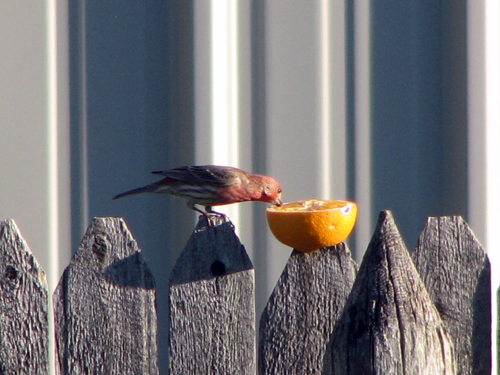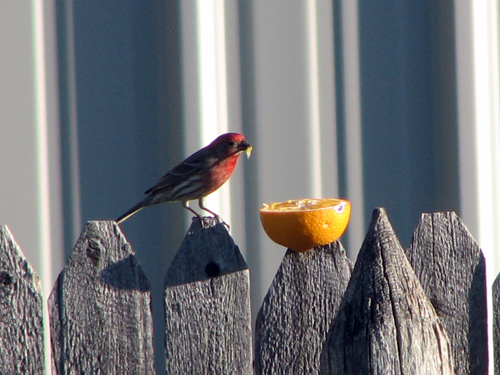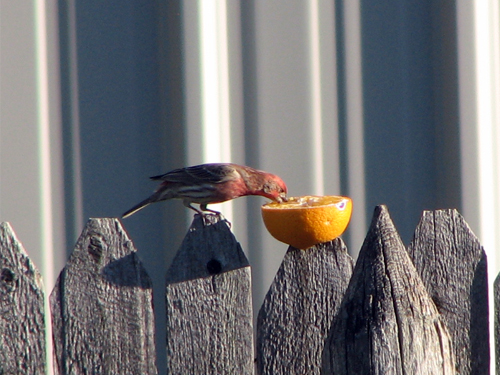Homemade bird feeding pole “system”
Today Arthur and my dad made a bird feeder pole for our back yard. First we all went to Home Depot to pick up the materials. The pole system is based on several feeders my parents have, all made by my dad. We used black pipes normally used for natural gas and/or plumbing systems. For this project we used:
One 2′ long, 1 inch diameter pipe (“the base”)
One 10′ long, 1/2 inch diameter pipe (“the long pole”)
One 18″ long, 1/2 inch diameter pipe (“the arm”)
One 1/2 T-section joint
Two 1/2 inch end caps
Two each: S-hook, nut/bolt, large washer, small washer
At Home Depot, we had an 18″ piece cut off the 10-foot pipe, and the cut side of the 18″ pipe threaded.
Here are Arthur and my dad preparing for the project. (My dad’s wearing dark glasses because he just had lens replacement surgery on his eyes.)
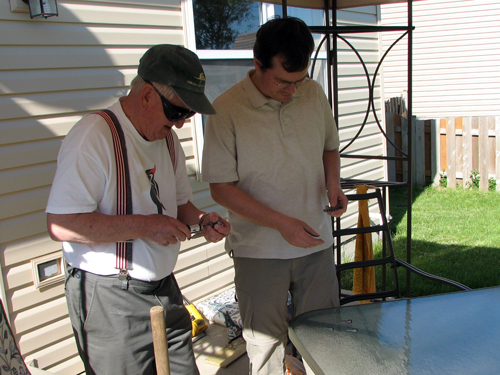
First, the T-section was screwed onto the top of the long pole.
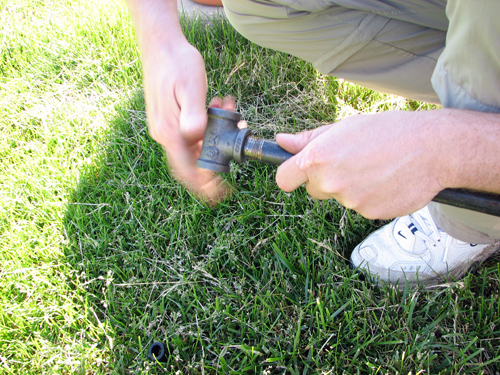
Both 18″ arms were then screwed into the sides of the T-section.
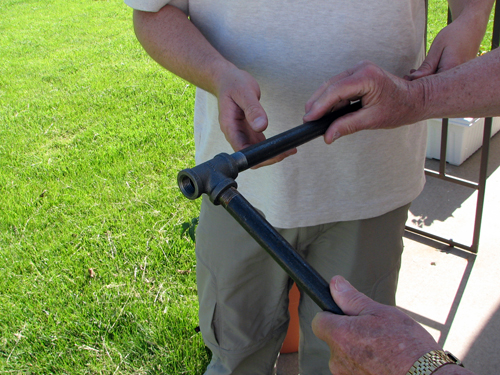
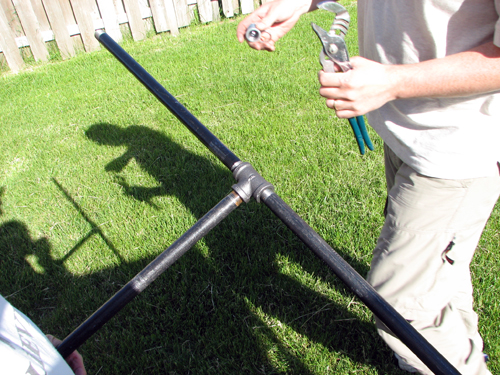
They used a drill to cut holes in the end caps and then used the bolts, nuts & washers to secure the S-hooks to the ends of the caps. Pliers were used to tighten the S-hook around the bolt. The end-caps were then screwed onto the ends of the arms.
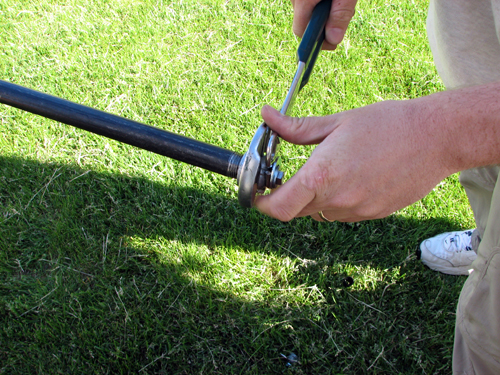
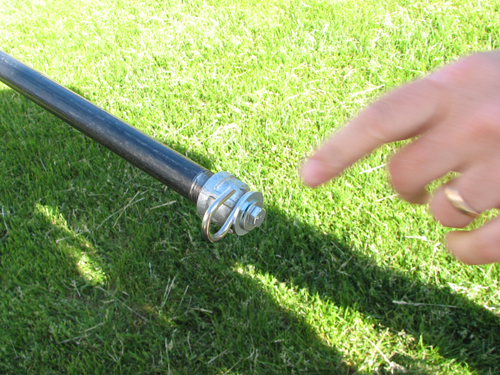
We then used a sledgehammer to pound the base pipe directly into the ground. We first hammered one end of the pipe in slightly, to prevent too much dirt entering the pipe from below. When the pipe was buried with only a few inches above the ground, we slid the long pole into the base. Since the pipes were not meant to nest this way, the long pole wobbled a bit. We used shims to make the fit more snug. I think the final result is pretty cool:

This system is much more substantial than the shepherd’s hooks we’re now using for our feeders. We can finally hang our Wingscapes Birdcam and hopefully get some more interesting shots than the ground images I’ve gotten over the past months. Here’s a sample we got late this afternoon.
